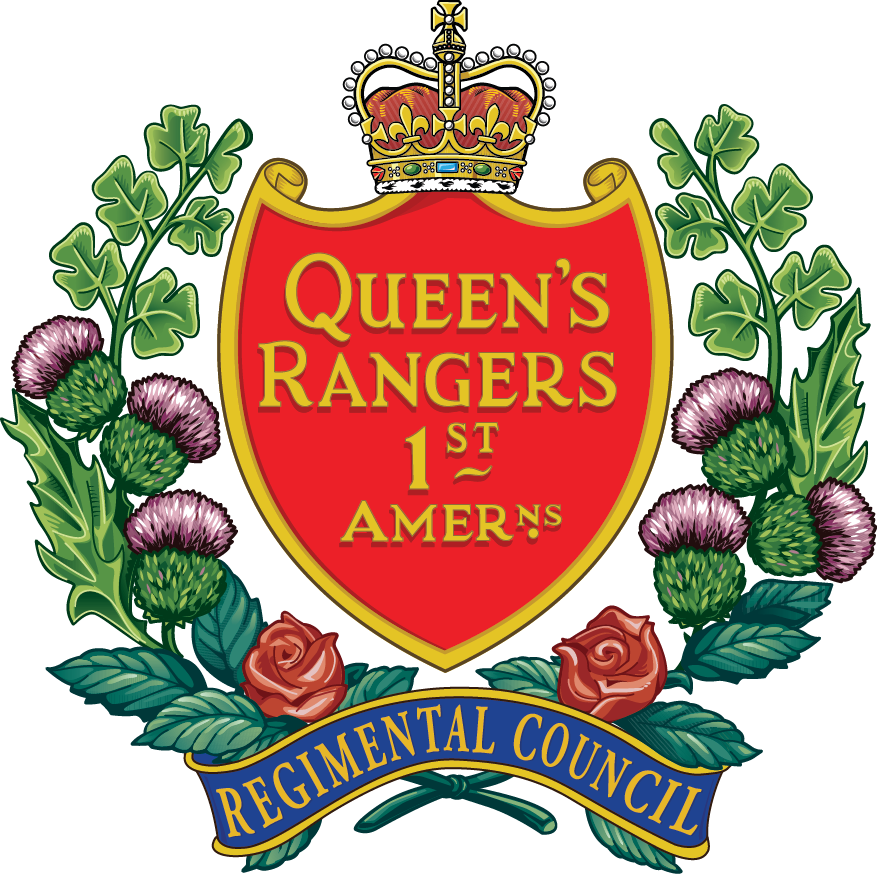Change of Command
/The Queen’s York Rangers (1st Americans) are about to experience a Change of Command (CoC) ceremony. To some, this may seem like an untoward fuss over the changing of one person. To members of the Regiment, a CoC is a big deal. It is the formal recognition given to a departing comrade; it is also a welcome to a new one. There is usually a parade, dignitaries make speeches, certificates are signed and there may even be cake! And who doesn’t like cake?
Seriously, a CoC is not only a great reason for a parade; it is an essential part of a regiment’s life and forms an important part of its legacy. Let’s look at what and why military units have CoC.
The command of a regiment is not only a great honour for the Commanding Officer (CO); it is a legally defined situation, which confers both privileges and, more importantly, obligations upon the CO. The CO becomes morally and legally responsible for practically everything that occurs in the unit. Thus, in order for such legal obligations to have force of law, documents need to be signed and witnessed.
CoC are conducted differently depending upon military cultures. In parachute units they have a “CoC Jump”. In the British Army, the incoming CO “visits” the current CO. They may spend a few hours or a few days together after which they sign the necessary documents and the “old” CO departs. There is rarely a parade. The officers will already have said their good-byes as will have the other ranks. The Board of Inquiry certifies the financial accounts; life goes on.
In the Canadian Army we like to dress it up a bit and when we do so in armour regiments like ours, we love to put on a show for our families and friends. Each regiment, of whatever corps or branch, has its own unique customs. One which is common to all armour units is a “Roll Past”. This aspect of armour CoC parades is always a crowd pleaser – especially when there is a feu de joie. Whether combined with a march past or not, a roll past allows the soldiers to show off their fighting vehicles. Be they tanks, armoured cars or trucks a roll past inevitably follows more or less the same sequence: the crews form on the parade square, they are dismissed to their “mounts”. Once aboard their vehicles, they start up together (usually with a great cacophony of engine noise and smoke), form a line and then “roll” past the dais to pay their respects to dignitaries and the reviewing officer. They then reform facing the audience, pay their respects one last time and then depart the parade.
Naturally, every Regimental Sergeant Major (RSM) wants his parade to be not only worthy of his Regiment, but in some small way unique. So each roll past will be just a little different than the last. Sometimes the weapons are dipped in salute; sometimes they are fired (that feu de joie is such a crowd pleaser). Whatever the RSM decides, it is quite a spectacle because more important than just allowing all of the soldiers to show off, it is the Regiment paying their respects to their CO, saying farewell to their departing commander and welcoming the new one.
Did I mention that there is usually cake?

